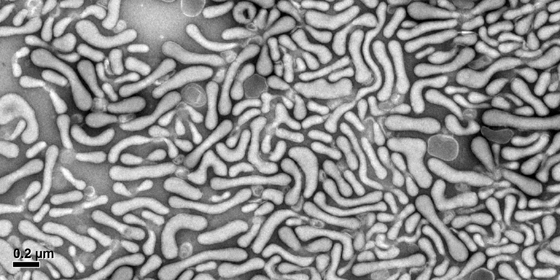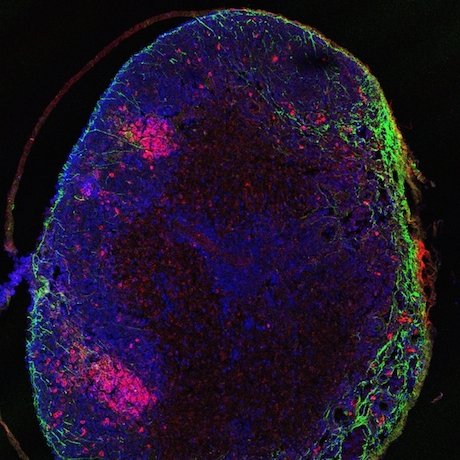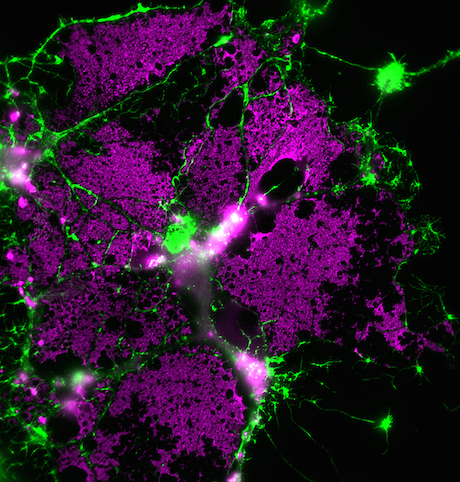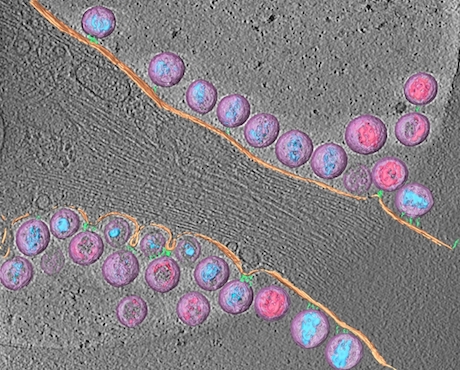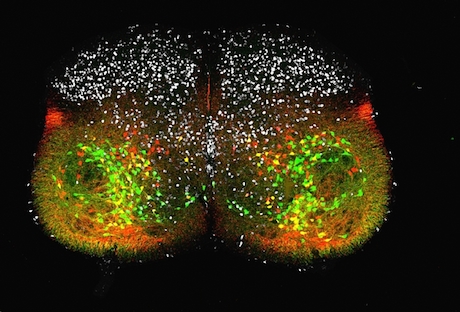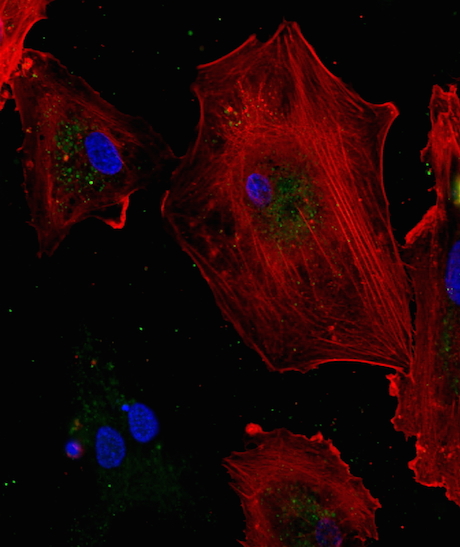Basic research presentations at 2016 American Heart Association Scientific Sessions: cell therapy for heart attack (mesenchymal stem cells) in animal models and role of CD73, gradual release drug for atrial fibrillation, how particles from stored blood affects blood vessels.
Nov.13, 1:30 pm, Science and Technology Hall- Basic Science Theater
Cell therapy, using the patient’s own cells to reduce damage to the heart after a heart attack, has been a hot topic. Mesenchymal stem cells are derived from the bone marrow and can’t replace heart muscle. But they do exert anti-inflammatory and anti-oxidative effects, Eric Shin, MD, Rebecca Levit, MD and colleagues show in a rat model of heart attack.
The researchers use the gel material alginate to encapsulate the cells, in a way previously described by Levit. They say this is the first study to demonstrate that mesenchymal stem cells reduce reactive oxygen species production in the heart. and that the molecule CD73, which degrades ATP/ADP into adenosine, is needed for the anti-inflammatory effect. CD73 is also a cancer immunotherapy target. Read more





